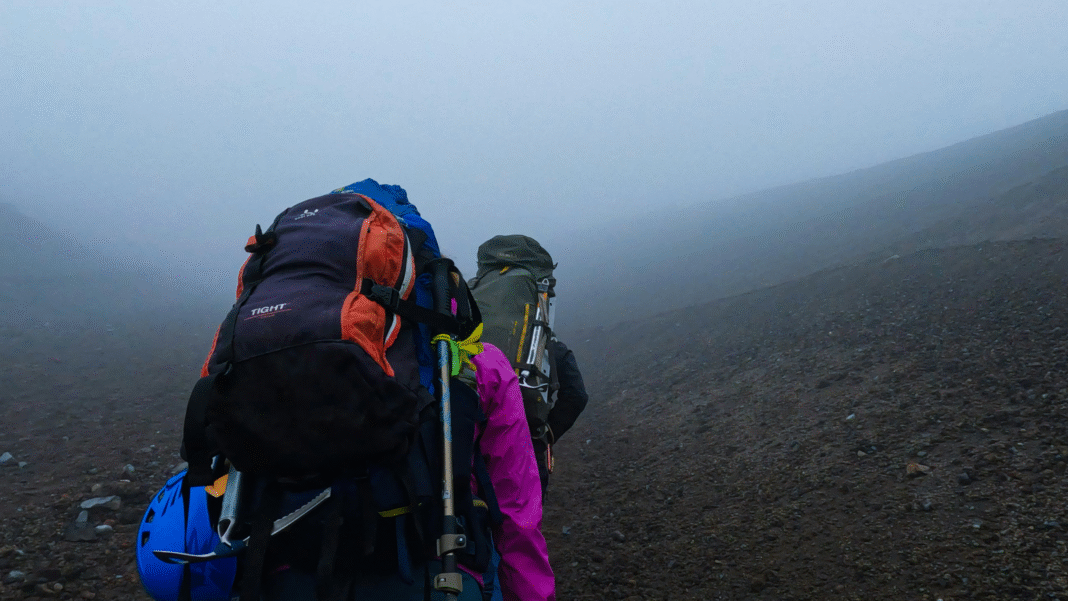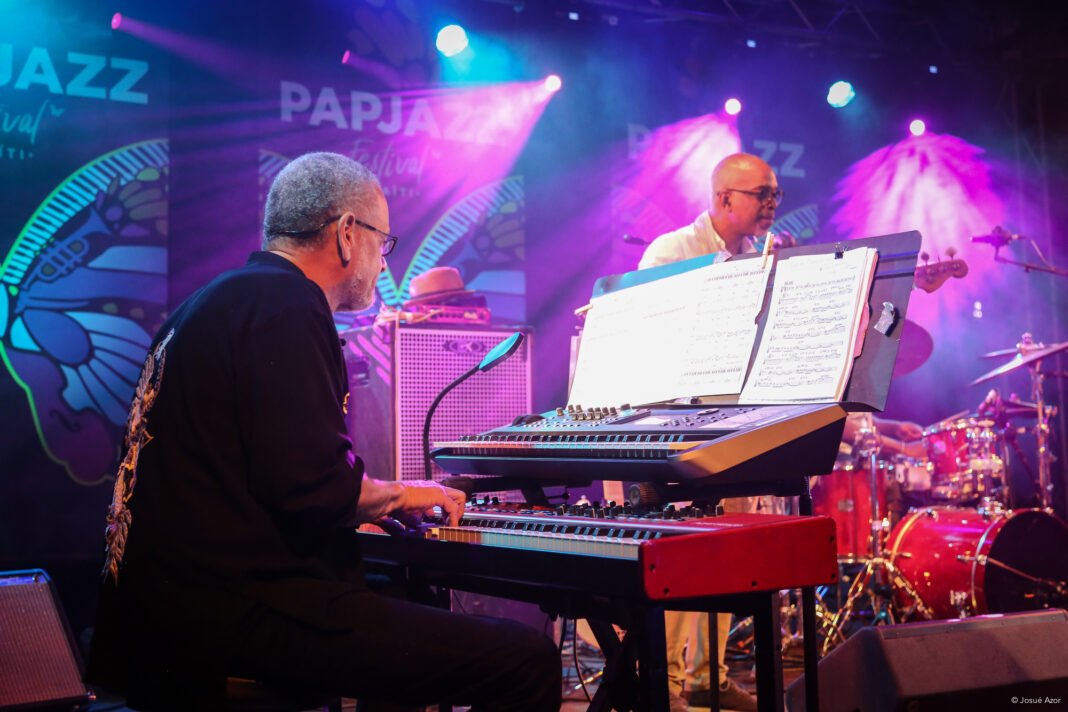From Safety to Sustainability—Your Guide to Exploring the Amazon and Beyond
By HMI Magazine – Travel & Culture Edition
Venturing into the vast, untamed jungles of South America is a dream for many adventurers, eco-tourists, and culture seekers. From the depths of the Amazon Rainforest to the verdant Chocó and Yungas regions, South America’s jungles are alive with biodiversity, mysticism, and cultural richness. But before you pack your bags and lace up your boots, there are essential facts and tips you should know to make the most of your journey—while staying safe and respecting local ecosystems.
1. Not All Jungles Are the Amazon
While the Amazon Rainforest often steals the spotlight, South America is home to several distinct jungle regions. The Chocó in Colombia and Ecuador is one of the rainiest places on Earth, while Bolivia’s Yungas is a cloud forest teeming with rare orchids and bird species. Each region offers a unique experience and demands tailored preparation.
2. You’ll Need Vaccinations—and Possibly a Yellow Fever Card
Before entering many jungle zones—especially those in Brazil, Peru, or Bolivia—you may be required to show proof of vaccination against yellow fever. Hepatitis A, typhoid, and tetanus boosters are also recommended. Consult a travel health specialist at least a month before your trip.
3. Hire a Local Guide
This is not the place to go it alone. Reputable local guides not only help you navigate safely through complex terrain but also offer deep insight into local flora, fauna, and indigenous traditions. Many guides are from local communities, so hiring them also supports sustainable tourism.
4. Weather Can Change in an Instant
Tropical downpours, sudden heat waves, and foggy mornings are all part of the jungle experience. Lightweight waterproof clothing, quick-drying gear, and layered outfits will be your best friends. Don’t underestimate the humidity—it affects both your comfort and your equipment.
5. Insects Are Relentless—Prepare Accordingly
Mosquitoes, ants, and biting flies are omnipresent. Use DEET-based repellents or natural alternatives like lemon eucalyptus oil, and wear long sleeves and pants treated with permethrin. Mosquito nets for sleeping are essential in many jungle lodges and campsites.
6. You May Not Have Cell Service—or Electricity
Connectivity is limited or non-existent in most jungle areas. Prepare to disconnect from social media and reconnect with nature. Bring portable solar chargers and headlamps, and always let someone know your itinerary before going off-grid.
7. Respect Indigenous Communities
Many jungle areas are home to indigenous peoples with their own languages, customs, and sacred spaces. Always ask for permission before taking photos, and learn a few basic phrases or greetings in the local language as a sign of respect.
8. Pack Light, But Smart
Leave behind bulky suitcases and opt for a quality backpack. Essentials include a water filter or purification tablets, a first aid kit, insect repellent, biodegradable soap, sturdy hiking shoes, and a lightweight rain poncho. Avoid plastic packaging and single-use items.
9. Wildlife Watching Requires Patience and Silence
You won’t always see jaguars or sloths on cue. Many of the jungle’s creatures are elusive or active at night. Practice silence, follow your guide’s instructions, and carry binoculars for birdwatching and spotting distant animals.
10. Sustainability Is a Responsibility
The jungles of South America are under threat from deforestation, mining, and climate change. Support eco-lodges, avoid purchasing items made from endangered species, and reduce your environmental footprint wherever possible. Your travel choices matter.
Final Thought:
The jungles of South America are a living, breathing treasure—one of Earth’s most vital ecosystems and spiritual landscapes. Exploring them can be life-changing, but only if done with respect, preparation, and humility. Whether you’re tracing the rhythm of howler monkeys in the canopy or listening to indigenous songs by firelight, the jungle will leave its mark on your soul—if you let it.
Stay tuned to HMI Magazine for more cultural travel insights and eco-conscious guides from around the world.



